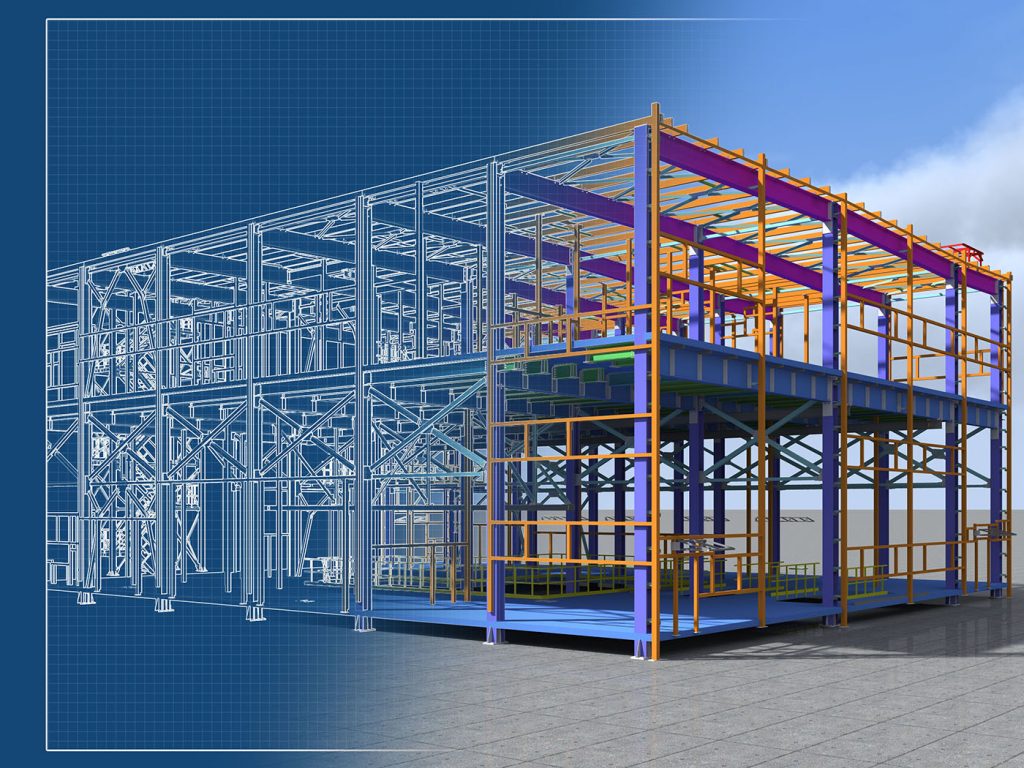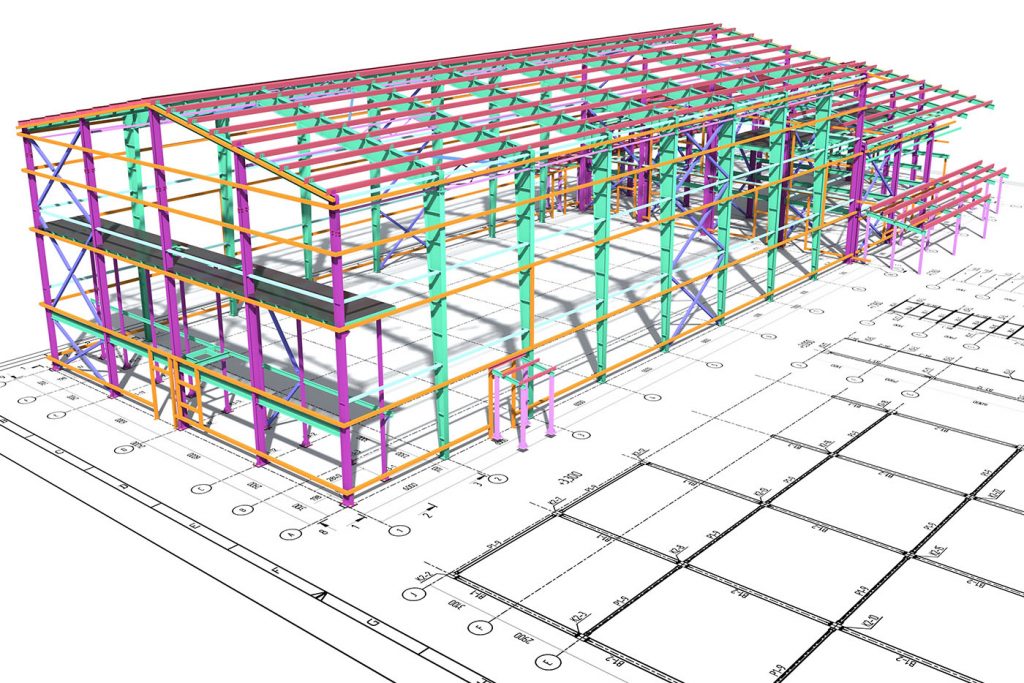PMAer Nick Gendron is a Project Manager and Project Controls Scheduler with significant experience in power, aviation, pharmaceutical, information technology, transportation, healthcare, and hospitality industries. He is well-versed in using technology to effectively manage schedules and budgets and to coordinate and communicate project activities to ensure quality project outcomes.
What is 4D scheduling?
4D scheduling is the linking of a digital model of a project to the schedule. A 3-dimensional model is created and the objects in the 3D model are then correlated to tasks or processes that exist in a schedule. This way, you can model how long it’s going to take to build out separate objects of a model through an already existing schedule, giving you an idea of the project timeline and the stages of the project as you go through the model. 4D scheduling is a visual tool, which is something that the standard practice of scheduling lacks right now. The visual aspect of seeing when and where things will be erected, installed, and placed when you’re looking at a schedule gives the project more life and shape.

How is a 4D schedule created?
There are two different ways to create a 4D schedule. The first is to develop your 3D model and then your schedule and put them together. The second is to develop your schedule while you simultaneously create the model. This method is becoming more popular but is very hard to do because you must plan for it very early on in the project. Also, in this case, the professional who creates the model also becomes a scheduler, which requires a person with a lot more technical knowledge. The most effective approach is to first develop the model, then the schedule, and subsequently work as a team to combine the two and identify which object in the model goes with which task in the schedule. It would be best to have someone knowledgeable about the project itself to guide which activity is linked to which object in the schedule. Since the field supervisor needs to use the 4D schedule to make decisions in the field, they are also an integral part of the process.
How can 4D scheduling improve a construction project?
The list of answers to this question is incredibly extensive. Clearly, 4D scheduling helps with logistics of movement and flow of traffic around the construction site. For example, suppose a gate is shut down because of ongoing work in that area. In that case, the team can anticipate this to determine where deliveries will be made on the job site, how to bring in those trucks, where to unload them, and how those trucks will exit. You can also model where and when you’re going to need cranes on site. If a logistics issue arises because the crane is in one spot, the construction manager has all the information to decide where to move it. 4D scheduling improves construction sequencing and makes it easier to make a change or pivot on a construction site. You can look for clashes in mechanical, electrical, and plumbing systems before they are installed. Because you have a model, you also have a very accurate GPS location, so your concrete pours, master controls, and surveying are more accurate. 4D scheduling reduces the amount of rework necessary on a project site because these issues are anticipated and avoided. There are numerous benefits to having a 4D schedule, and once the project is delivered, the end user has a lot more capability to manage their new asset with the model.
Is 4D scheduling worth it?
There is always that discussion between owners and their architects, engineers, and contractors: is this worth it for me? And my answer to that is a wholehearted “yes.” Just for clash detection alone, 4D scheduling will allow the contractor to build more accurately. It will help your designer to deliver the exact design you want and your engineers to perform all their calculations to produce a solid, stable building. Once the project is complete, 4D scheduling will provide the owner a 4D model – essentially a blueprint of exactly how the project was built – which is so advantageous for future renovations and facility management. I cannot stress enough how much of a proponent I am for doing this. It doesn’t matter what kind of a project it is. The 4D scheduling model is absolutely the way you should go and is totally worth the money.
